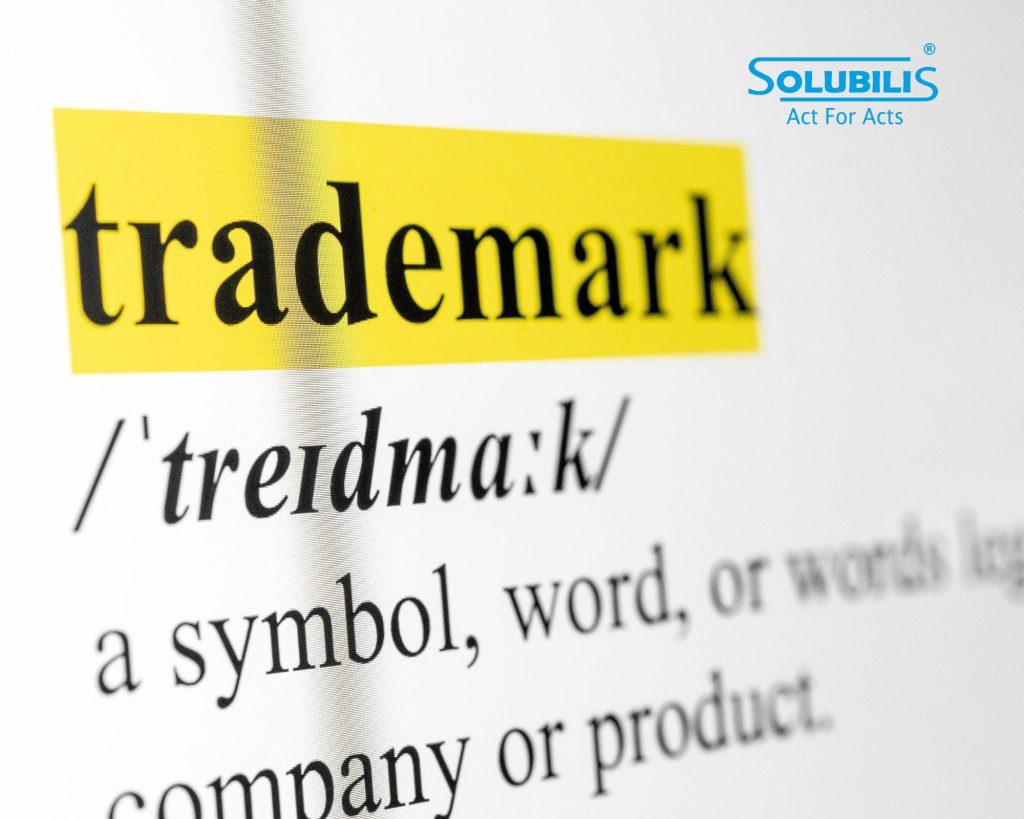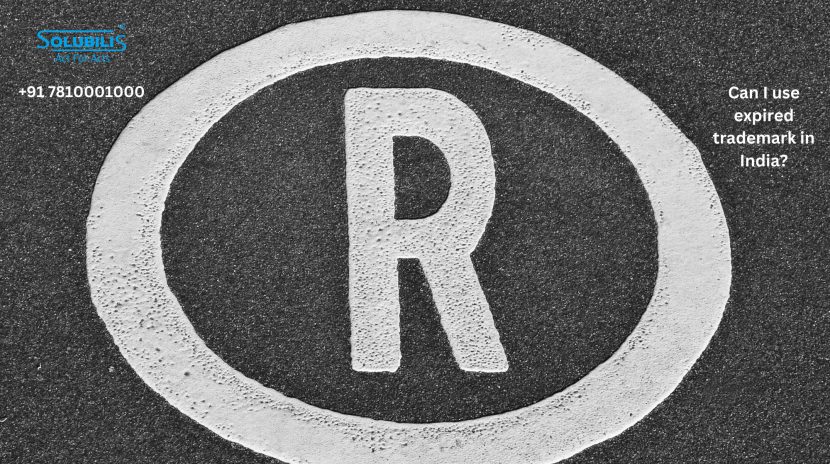The characteristics or combinations of characteristics that are able to distinguish one company’s goods and/or services from those of other companies are known as trademarks. National and international laws protect trademarks because they are covered by intellectual property rights.
Using expired trademark
A trademark that has expired is referred to as a “dead” trademark, and a “dead” trademark indicates that the trademark’s owner will seize any legal rights associated with the trademark. Pay close attention to the trademark’s expiration date to ensure that you will continue to enjoy its rights.
To regain ownership of a trademark that has expired, you can register the expired trademark. However, it is essential to keep in mind that the owner of the trademark does not have any legal rights to the product while it is listed as a dead trademark. This means that the item can be used and registered as a trademark by anyone, taking over the trademark’s legal rights.
Even if a mark has expired, one can apply to re-register and again can get Trademark registration in Kerala. The owner of an expired trademark has the right to file objections with the registry, tribunal, or other appropriate forum in the event that another individual applies for registration of the trademark in accordance with the prescribed procedure.
Procedure to renew the expired trademark
All of the steps listed in the procedure below can be taken by the owner or an authorized agent on his behalf to restore the expired trademark:
Application filing
- The owner or authorized agent must first submit the application form TM-R, along with the required fees and the supporting documents.
- An explanation of why the expired or expiring trademark was not renewed must accompany the application.
- After six months have passed since the expiration date, a request for restoration must be made within one year of that date.
- The owner is expected to periodically monitor the application’s status after it has been submitted because the applicant is required to take a number of time-bound actions from the trademark registry.
Advertisement in the trademark journal
- The registrar ought to take into consideration the interests of any other people who are impacted when looking into the restoration application.
- The trademark will be advertised in the Trademark Journal, an Official Gazette that details the acceptance and objectionable trademarks, after the trademark registrar has completed the process of examining the application and accepted it.
- Additionally, the public, a third party, has the opportunity to submit any objections to the trademark. If no objections are raised within the stipulated time frame, the trademark that can get Trademark registration in Kerala will be added to the trademark register.
- If a trademark is listed in the register, it means that the trademark can be used again for another ten years.
What happens if trademark restoration fails?
- The proprietor had one last chance to restore the trademark that has Trademark registration in Kerala, and the trademark registry offered no other window.
- Negative outcomes result from failing to restore the trademark. Assuming that the owner neglects to record the rebuilding application inside the endorsed time or pay the essential charges, the registrar will compulsorily remove the trademark from the register.
- The above condition will possibly be practised assuming that earlier notification has been served by the registrar via advertising the notice, showing the expectation to eliminate the trademark from the register, in the Trademark journal.
- At the point when the trademark is eliminated from the register, the proprietor loses every one of the privileges related with something very similar.
- The right to file for infringement and protecting the brand from competing organizations would be refuted from the domain of privileges held by the proprietor.
Duration of renewal of trademark
The trademark authority has shown enough consideration to provide multiple filing opportunities for renewal of trademark that has Trademark registration in Kerala.
There are three parts to the filing process for renewing the trademark. These are some:
- According to Rules 57 and 58 of the 2017 Trademark Rules, the renewal can be filed within one year of the expiration date.
- In accordance with Rules 63 and 64 of the Trademark Rules 2002, the renewal can be submitted within six months of the expiration date.
- Additionally, the renewal can be filed within six months of the registered trademark’s expiration date.

What is a weak trademark?
Consider the various types of trademarks that can get Trademark registration in Kerala when starting a new business or launching a new product or service.
During this process, business owners frequently select descriptive trademarks that may be advantageous from a marketing standpoint but may be challenging to acquire or safeguard from a legal standpoint.
Because they are generic from the start or because they become generic over time, generic trademarks cannot be protected by the law. There are typically two types of descriptive trademarks: simply descriptive and descriptive.
Generic trademark
A term used to describe the type or category of goods or services at issue is called a generic trademark. Because they would make it impossible for other businesses to accurately describe their products or services, generic trademarks are ineligible for Trademark registration in Kerala.
For instance, it would be difficult for any other furniture stores to describe their operations without violating a trademark if a company was allowed to register the name “Furniture Store” for the purpose of selling furniture.
Conclusion
Trademarks are one of the emerging areas of intellectual property rights. The function of a trademark is defined by the tendency of a business’s symbol or word to stand out from other businesses.
The Trademark registration in Kerala guarantees that the brand of the proprietor is shielded from every one of the strong harms. As a result, it is recommended that the trademark be restored and renewed as needed.
A trademark is only valid for a maximum of ten years. If the owner is interested, they can keep it for as long as they want for future periods.
Multiple opportunities for the same have been made available by the trademark registry’s liberality. He can apply to restore the trademark even if he fails to renew it.
As a result, the owner ought to take advantage of the registry’s benefits and safeguard their brands forever against potential infringements.

